|
"car show" Justin Favela and Sean Slattery are driving and riding shotgun for each other in “Car Show” at Clark County Government Rotunda in three installations commenting on media events connecting car and celebrity. At the center of each temporary sculpture are names that have status of a Las Vegas marquee headliner: Selena, O.J., and Tupac. In this exhibition they elevate metal to a co-star arranged in a three-act operatic tragedy of paper, cardboard, foam, and plastic. “La Sangre Nunca Muere” “La Sangre Nunca Muere” is Favela’s emotional and personal tribute to Selena Quintanilla-Pérez — whose was shot 20 years ago today, March 31, by Yolanda Saldivar, who founded Selena’s fan club before being hired to run the star’s new clothing company. By Favela dressing the blood red GMC pick-up as a life-sized piñata, he reinterprets the truck that was the site for a ten-hour standoff between police and Saldivar. The bed filled with paper flowers in the colors Selena wore at her last concert at the Astrodome, which held an attendance of 61,041, a record that lasted until 2001. The height of the truck as a low-rider makes it appear as if the tissue is weeping on the floor of the rotunda. The sun seeping through the large gallery windows may fade the red to pink. If the paper doesn’t change color, it’s an eerie reminder on how memory slowly fades. “Proposal for a Memorial at Koval and Flamingo” Sean Slattery’s “Proposal for a Memorial at Koval and Flamingo” uses Tupac Shakur’s BMW to mark the Las Vegas intersection when he was gunned down in a drive-by shooting. The silhouette of the car with a door flung open is a flat black headstone, a monolith noting a chain of events still unfolding. The September 1996 shooting came after Shakur watched a boxing match ringside with Marion “Suge” Knight, who drove the BMW that night. The day of the artist’s reception for “Car Show,” Knight collapsed in a Los Angeles courtroom when bail was announced after pleading not guilty for running over two men -- killing one of them -- in January. The man who died was Terry Carter, 55, a former rap record label owner, giving current significance to the piece titled as a memorial proposal. This week, news of a recent study examining the deaths of 13,000 musicians revealed that the lives of 50 percent of hip-hop artists ended in murder, making Slattery’s silhouette of the BMW not be about a chance of survival, but how gang-like warfare turns a car into a trap, or sometimes an open casket. "Highway to Heaven" Together, the artists created “Highway to Heaven” about O.J. Simpson’s attempted escape on Los Angeles freeways in a white Bronco in 1994. The viewer’s instinct to stand at the base the 12-foot sculpture gives them the point of view of standing on an overpass waiting for the chase below and air circus above to pass by. The forced perspective of the 16-foot-tall triangle of white freeway and white Bronco has viewers as intimate witnesses to the failed escape. Like cars abandoned on a desert roadside Favela and Slattery use recalled tragedy as found objects. This 1990s trinity of recycled recollection is not in any particular order, and can be read as a jumbled memory. What’s clear is the crossfire of shots from firearms and news cameras entombed the three events in pop-culture. Car Show: Justin Favela and Sean Slattery
Clark County Government Center 500 S. Grand Central Parkway Monday through Friday, 8 a.m. to 5 p.m. Through May 8.
0 Comments
Street Art Throwdown Paint This Desert invites Jim Daichendt, author of the books "Shepard Fairey Inc.," "Stay Up Los Angeles Street Art," and soon to be release biography on Kenny Scharf, to share his thoughts on "Street Art Throwdown." Daichendt is also Associate Dean and Professor of Art History at Azusa Pacific University. By G. James Daichendt "Street Art Throwdown" is the Oxygen channel reality show that picked a photogenic set of emerging street artists to compete in a series of challenges to win a $100,000 grand prize. This week marks the season finale as three finalists are prepped to battle it out in front of a national audience. My hope is that each of these artists finds a bigger audience from the show but there are a few aspects of the program that deserve attention and are worthy of a critical look and discussion. A reality show on a form of art that attracts a tantalizing advertising demographic should not be a surprise. There have been a number of art themed television programs in recent years that have been met with varied success. From "Work of Art: The Next Great Artist" to "Gallery Girls," the movement and genre of street art is perfect for television because of the accessibility of the concepts and popular imagery associated with street art. Yet the commercial appeal of manufactured reality can quickly be transformed into cheesy dialogue if that arc of conflict is more important than the work produced. This show has plenty of these moments – not great for art making but good to build television drama that will entice viewers to keep watching. While all the artists involved in the program deserve recognition and attention for their involvement with the show – this alternative reality misses the mark. Shots of the artists running and climbing fences have little to do with their success and instead make for action filled clips to use in commercials and promotions. A facetious aspect of the show is the use of vocabulary and attempts to co-opt the language of the sub-culture – sometimes by the host, no less. From definitions of street art terms flashing across the bottom of the screen to several contestants spelling words wrong in their pieces – these instances did little to advance the culture of street art. It panders to the idea that these artists are not intelligent folks – something I don’t believe to be true. "Street Art Throwdown", not unlike its predecessors in this TV genre, features timed challenges where the artists are provided a theme with limited materials. The demand for speed promotes the method of guerilla art, not the aesthetic. The result is often shoddy artwork that does not mirror a thoughtful creative process, a characteristic that does not have to be a standard. The artists involved in the show are talented and it would be fantastic to provide some conditions for them to showcase their gifts in a much stronger fashion. The co-judges and hosts of the show are commercial artist Justin Bua (who is also executive producer) and gallery professional Lauren Wagner. Each has made a name for themselves in their respective area yet don’t have much cache in the street art world despite being fans and influenced by the genre. Bua is particularly interesting. A born PR man, his successful print sales recall an urban version of Margaret Keane, the artist well known for creating inexpensive reproductions of paintings that pander to particular demographics. Wagner on the other hand is a galleriest that has the potential to offer an alternative voice, yet we rarely hear much from her besides describing their next challenge. As an arts educator and critic, the most disappointing aspect of the show is the critiques offered by the judges. We find meaning in works of art through discussion and these ideas can be refined through careful analysis. It’s unfortunate that the individuals involved did little to facilitate such discovery. Too often the critiques were superficial and shallow. Comments on the importance of hands or the overuse of a color were commonplace. This dialogue is a missed opportunity because solid interactions could give young viewers a way to engage visual objects beyond emotional and conventional responses. It’s also a chance to stretch the thinking on what art can be – and for a mass audience who only view street art as an act of a vandal, a reflective and critical lens could break down fears a mass audience may have. In the end, it’s only a television show and an entertaining one. But the TV formula tells the viewer street art is not the real purpose of the show. That is unfortunate. The finale should have great drama, as well as exposure for the artists, and extend a base of support for all those involved, a recipe for success in today’s art world. From a promo clip, Cameron "Camer1" Moberg surveys downtown Los Angeles residents to get community feedback on a proposed mural. PtD edit note: The random person seen in the preview clip is Cindy Schwarzstein, who guides tours of murals in the downtown Los Angeles Arts District.
Norie Sato "Cactus Mirage" (2007) with architect Phil Weddle. Scottsdale Arizona., Photo: Chris Loomis
Dan Corson "Rockwood Sunrise" (2011) in Gresham Oregon Matt Lehrman presents “Get Smarter, Grow Stronger & Gain Audiences” workshop April 16 from 9 a.m. to noon. Far more than a marketing workshop, Lehrman will offer a whole-organization approach to understanding your audience and using those insights to energize new ways to advance your mission and inspire innovation at every level. Bring your team to change the future of your organization, generate some new ideas, shift your perspective and achieve financial success in your arts business. To reserve your space at this free workshop, email [email protected] or call 702-229-3515. Limited free parking is available in the school lot. Metered parking is located in the lot on the southeast corner of Clark Avenue and Las Vegas Boulevard, at City Centre across Fourth Street, and in the neighborhood around the school. For more information on all these lectures, call 702-229-4631.
Source: City of Las Vegas |
An Online Arts JournalExhibition:
February 2 – March 31, 2019 Artist Reception and Gallery Talk: Sunday, February 10, 2019, 4 p.m.–7 p.m. SPONSOR
Archives
February 2019
Categories |
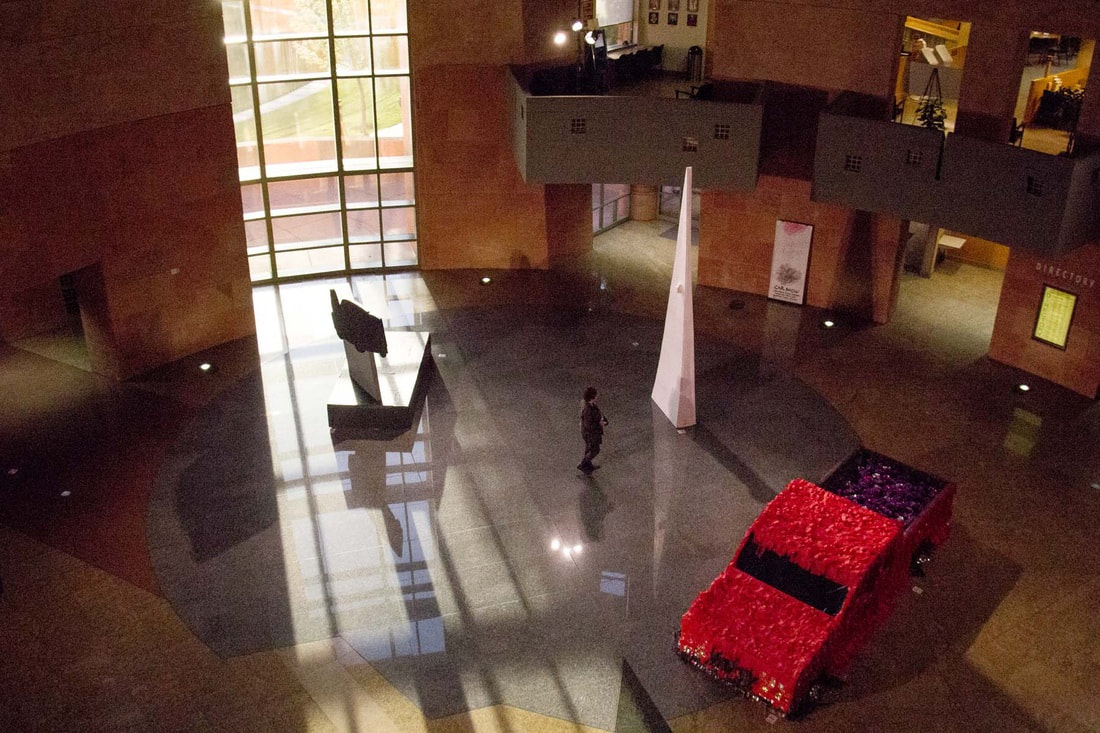
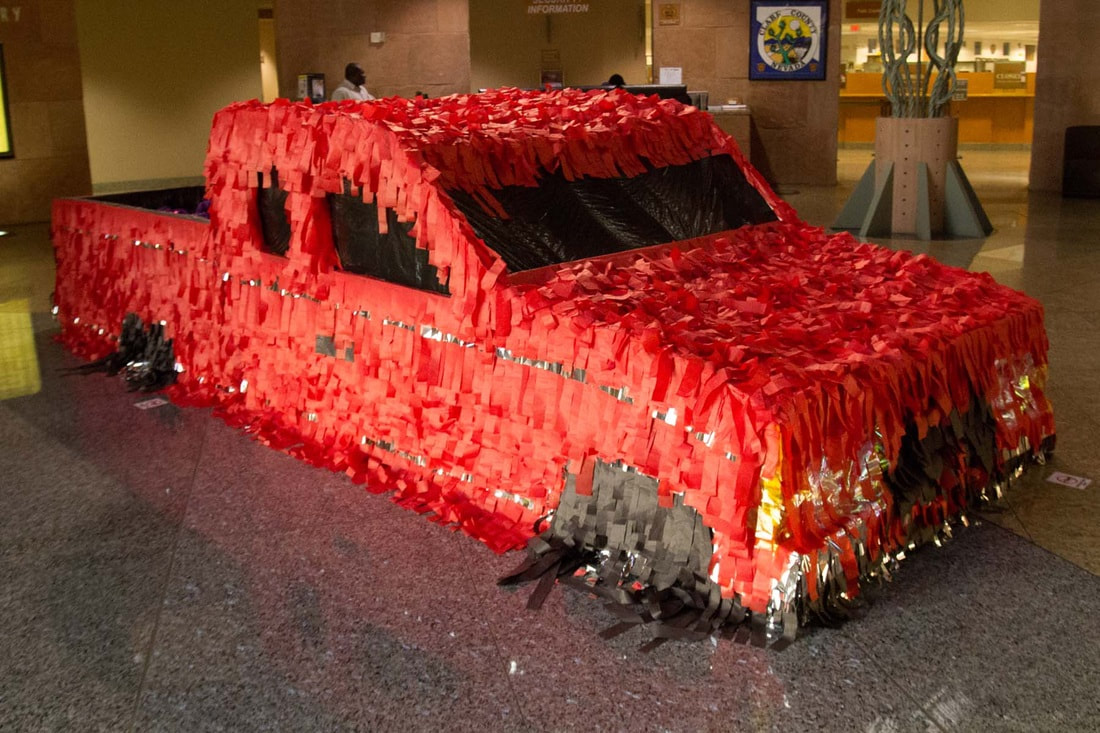
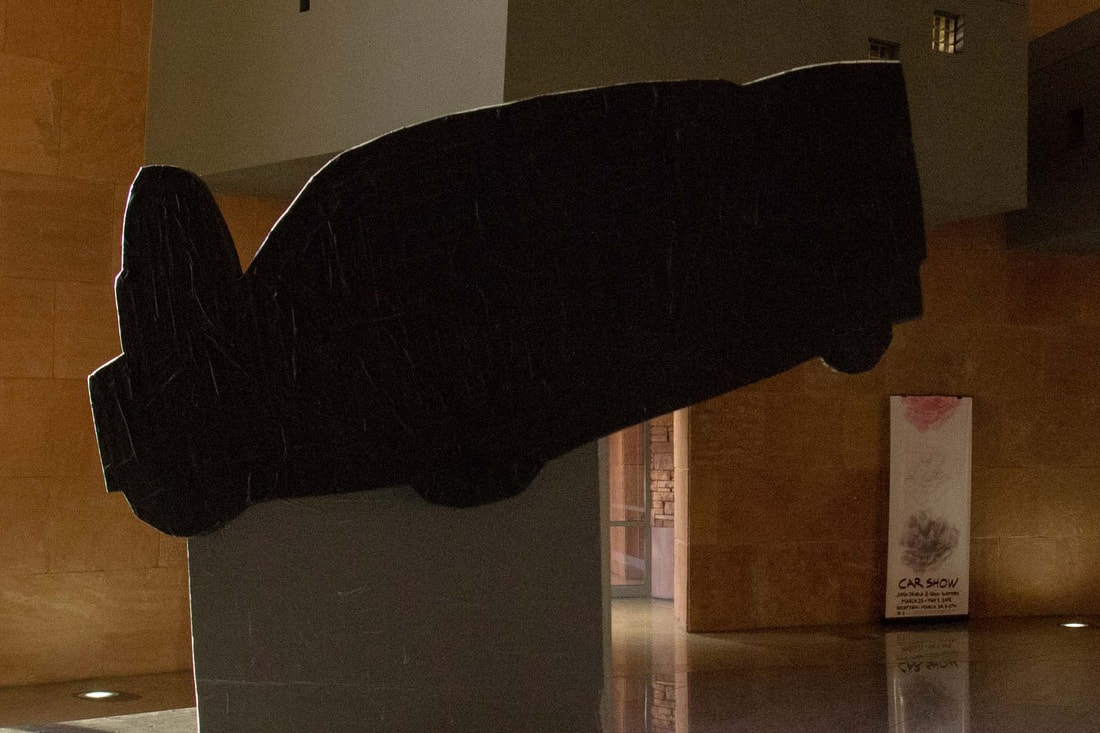
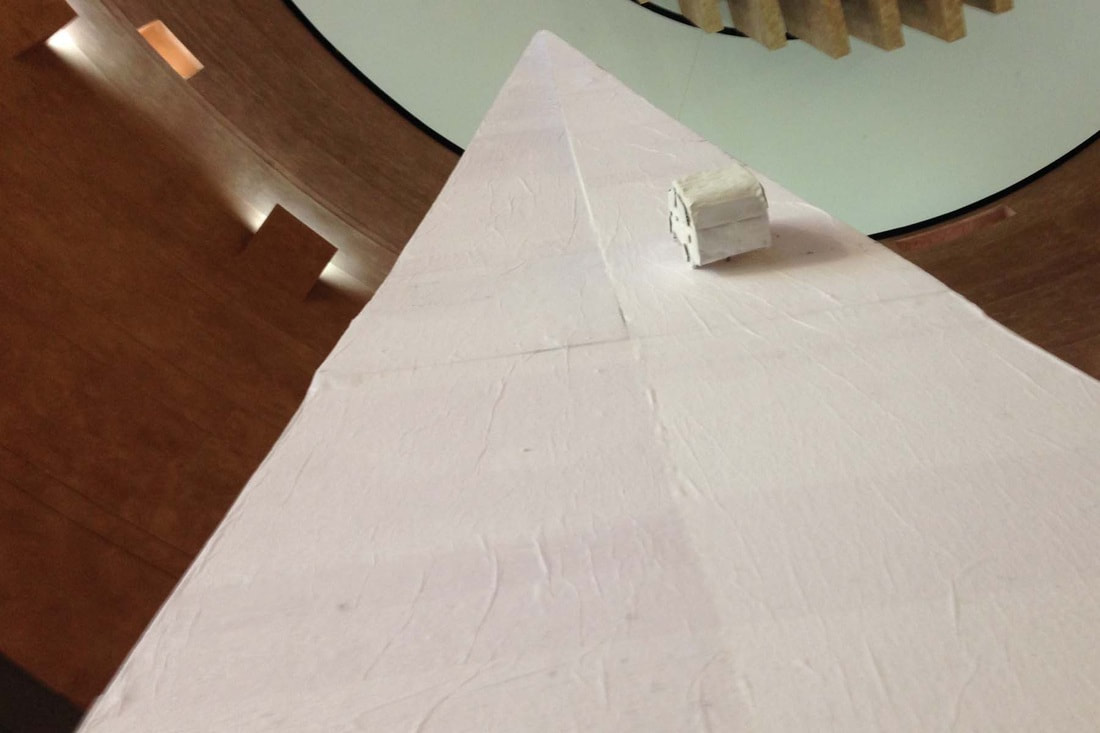
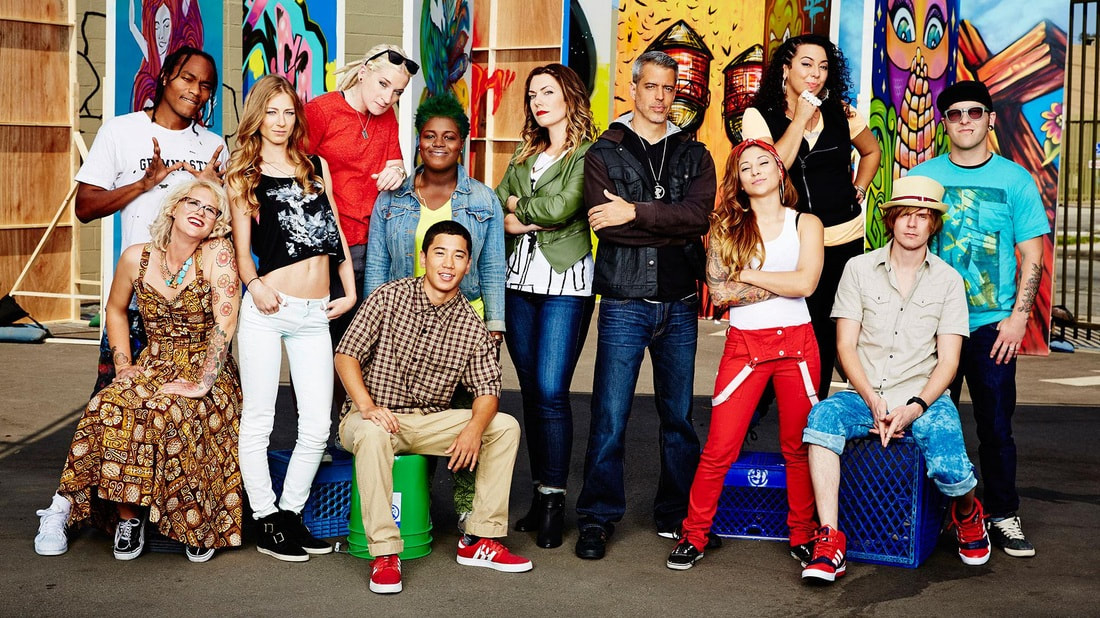
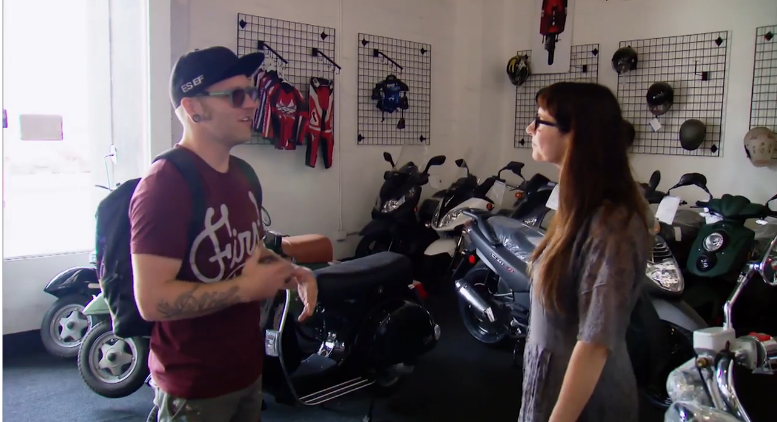
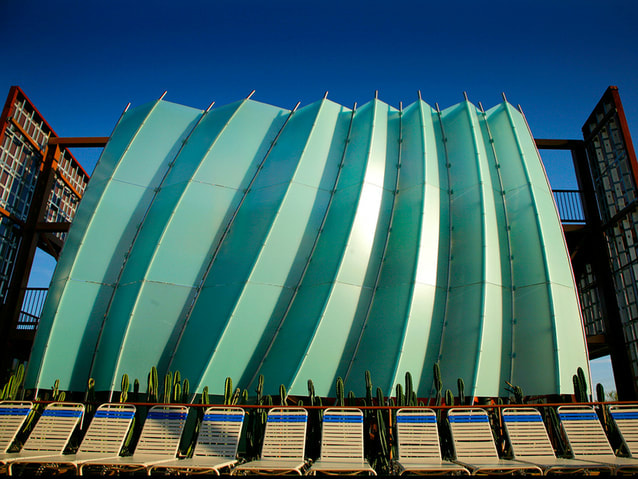
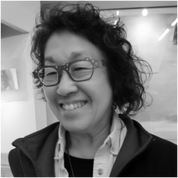
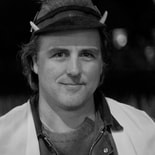
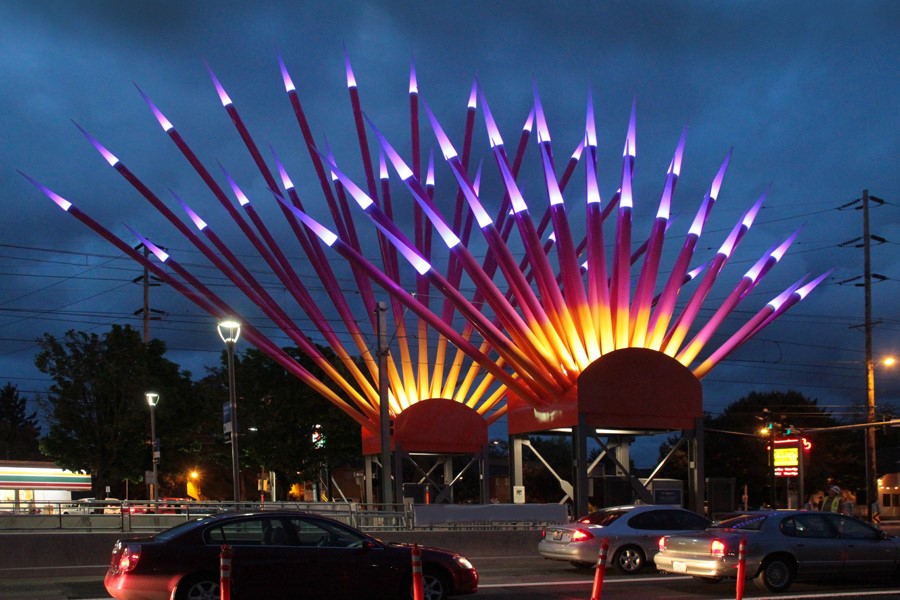
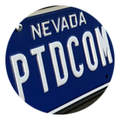
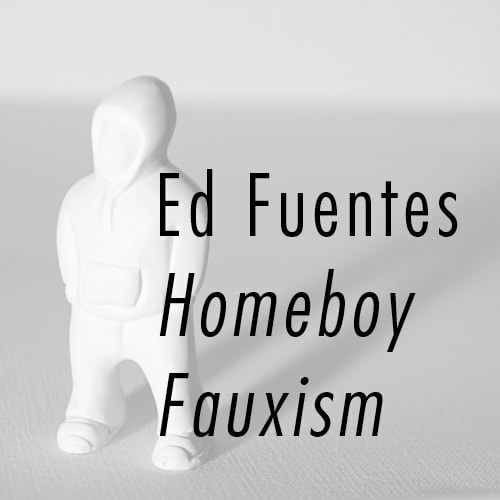

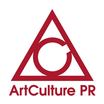
 RSS Feed
RSS Feed